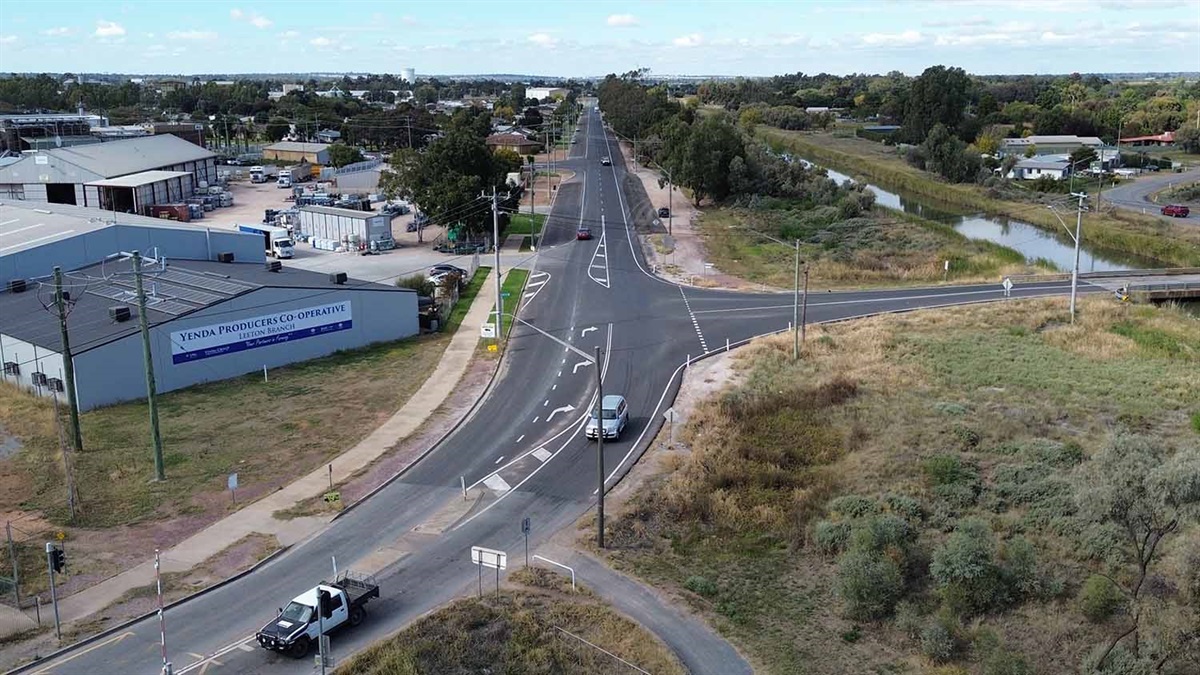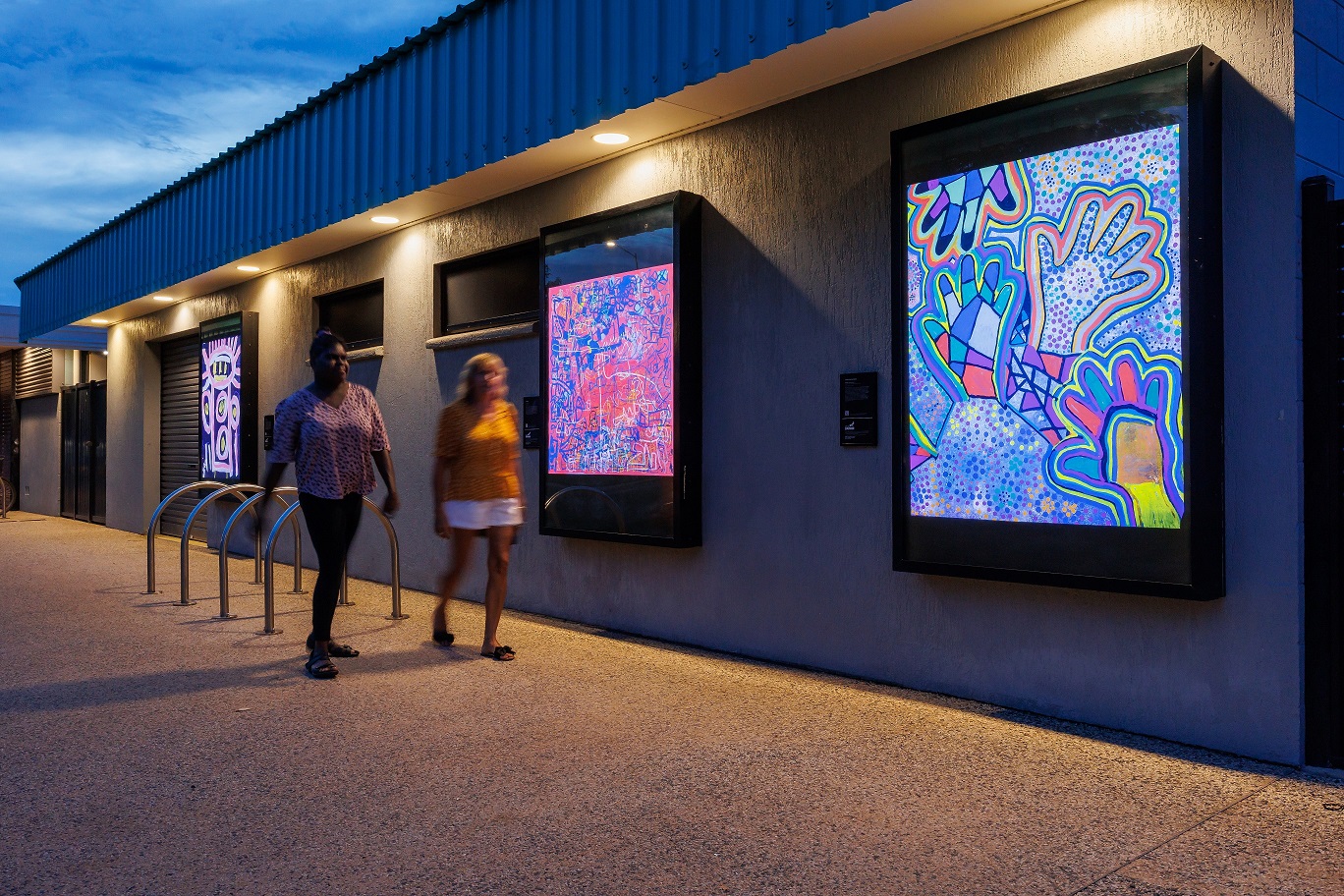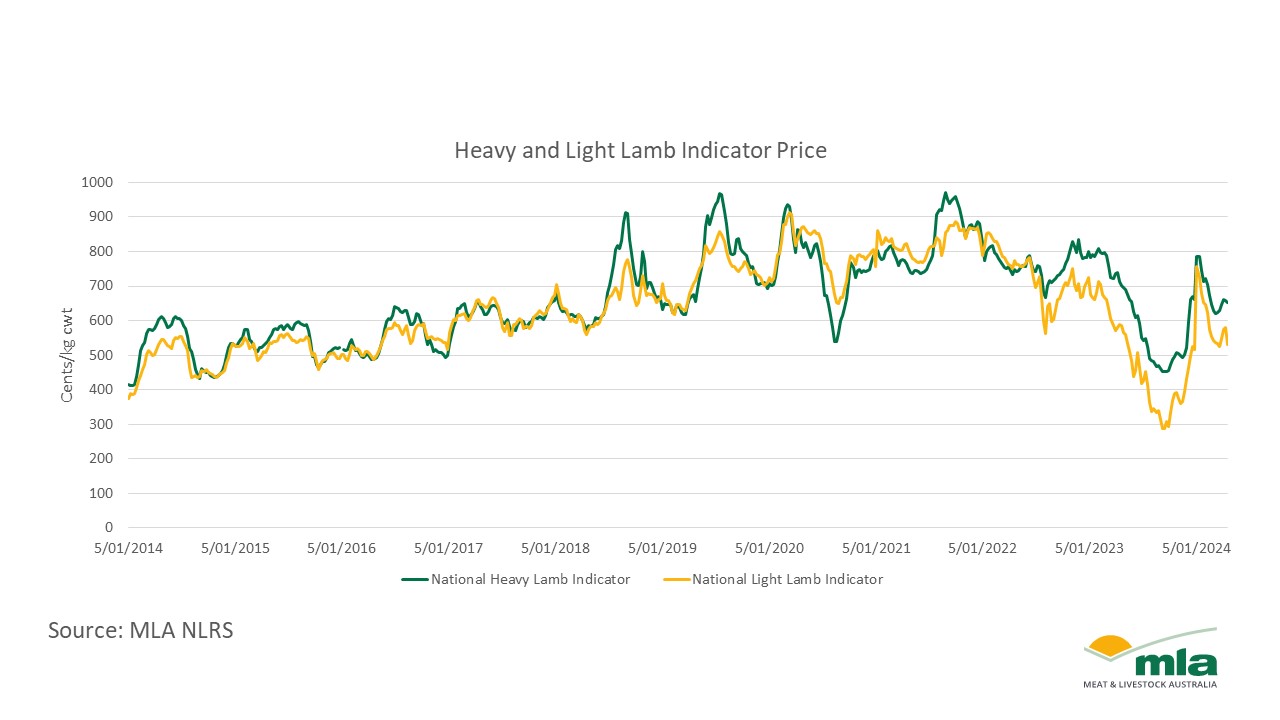CSIRO is involved in key research in the rapid global response to the novel coronavirus outbreak. We aim to pass on as much accurate information as we can, as quickly as possible regarding this research. To do this we have sourced updates and quotes from our experts to provide updates on their work and the latest developments in the outbreak.
Understanding the virus
Our first challenge is understanding this new virus. Since SARS, we have new techniques to understand what is going on inside the virus and at a molecular level, and also more technology to understand what is going on, on the surface of the virus. However, it’s important to find out how it behaves in biological systems.
We’ve been very fortunate in being given a sample of virus from the Peter Doherty Institute. We have cultivated the virus, growing it to levels that allow us to understand its genomic sequence and its characteristics. This has allowed us to start testing it in the biological models we’ve previously used for the SARS virus and we then hope to test vaccines and therapeutics.
– Dr Rob Grenfell
CSIRO’s research aims to get a better understanding of the virus – how long it takes to develop and replicate, how it impacts the respiratory system and how it can be transmitted.
As we are beginning to have a better understanding of the virus, the CSIRO team can soon begin testing new potential vaccines and therapeutics being developed by others to see if they work and are safe.
– Prof Trevor Drew
We are operating at speed in response to a global public health emergency while adhering to strict attention to detail and regulatory requirements which makes this so challenging. We’ve grown the virus for our research and have also reconfirmed the genomic sequence published by the Doherty Institute. Next we’re aiming to get a better understanding of the virus, so CSIRO can begin testing new potential vaccines and therapeutics being developed for efficacy. We have got promising results with our initial susceptibility studies and are in the process of conducting natural disease progression studies. We are also investigating the physical and molecular characterisation of this virus to find differences and similarities with other known coronaviruses.
– Prof S.S. Vasan
Changes in the virus
This virus belongs to a group of viruses that exist not as a single virus but as a cloud of subtly different ones and if it finds a new niche to occupy, it will do that and slowly get better at replicating in the new host or alternatively it might die out.
– Prof Trevor Drew
A coronavirus is what is called an RNA virus. RNA is a molecule that is not as stable as DNA. And this is the reason that coronaviruses are such feisty adversaries, because RNAs can mutate quite rapidly.
The sequencing information we have is showing the virus has changed. There are now about 115 plus genetic sequences globally of this new virus published and they are all a little different. It is a matter of how important those differences are.
But this is the nature of the beast, this is what this type of virus does, and this is why it is challenging to get to the point of proving which drugs or vaccines might work.
– Dr Rob Grenfell
Testing potential vaccines and therapeutics
CSIRO has been commissioned to develop a system so that anyone with a candidate vaccine (a vaccine that they think will work but hasn’t yet had proof of efficacy) can just plug it into our system and make the process of testing faster.
It is quite a challenge for us to get this set up, but we hope we’ll have something ready for vaccine producers to use by March or April this year.
We are also looking at preclinical evaluation of therapeutics that could complement vaccines.
– Prof Trevor Drew
Testing vaccines is a complex task. We need to work out a model we can study the virus in and it must then be validated.
– Dr Rob Grenfell
Manufacture of a vaccine
At CSIRO’s state-of-the-art biologics production facility in Melbourne, scientists will begin small-scale production of a vaccine candidate for coronavirus designed at the University of Queensland (UQ). After the initial small-scale testing, we will scale up production of the vaccine candidate using best-practice manufacturing standards for UQ to continue with the next stage of toxicology studies and testing.
– Prof George Lovrecz
University of Queensland’s development of a vaccine candidate
We congratulate the University of Queensland (UQ) on the creation of the vaccine candidate for coronavirus, COVID-19, which was achieved in just three weeks. A huge early achievement in the rapid response to the coronavirus outbreak.
UQ’s vaccine candidate will now move to further testing at CSIRO’s state-of-the-art biologics production facility in Melbourne where our scientists have begun small-scale testing.
After the initial small-scale testing, we will scale up production of the vaccine candidate using best-practice manufacturing standards for UQ to continue with the next stage of toxicology studies and testing.
Vaccine development for coronavirus is being done through the Coalition for Epidemic Preparedness Innovations (CEPI), which has funded four consortia so far, one of which is led by The University of Queensland (UQ).
– Dr Rob Grenfell
Time to develop a vaccine
The timeline of developing a vaccine in merely months is very fast. That’s because we started this race with most of the tools partly developed.
We are far ahead of where we were with SARS but the science complexity of what we are doing equates to the complexity of trying to put someone on Mars. It is very complex, and we really are pushing our science to the limits of global knowledge.
If all goes well, and everything goes right, CSIRO could be testing vaccines in months.
– Dr Rob Grenfell
Harmfulness
When a new infection first makes a transition to a new species, when it jumps from animals to humans, the virus goes through a phase of demonstrating what it is capable of doing. This one appeared as being very infectious. The concern is that we don’t know fully yet how this virus is going to behave because it is new, and we don’t know what animals may carry it.
– Dr Rob Grenfell
The evidence is showing it is mild however it has an apparent 1-2% mortality rate, that is, 1 in every 50-100 people in its current form. It is very new to its human host and we don’t know how it will behave. It could evolve and become more dangerous. We do need to be alert to the possibility it could get more virulent as it gets used to its new host.
– Prof Trevor Drew
Infection rates
The virus is very contagious meaning it is efficient in how it spreads. With the research we’re undertaking we’re aiming to get a better understanding of transmission of the virus. At this stage transmission rates are yet to be formally determined.
– Prof Trevor Drew
Origins of the virus
We don’t know where the virus originated from – this is yet to be determined. CSIRO is looking to identify the possible animal carrier/host of the novel coronavirus. CSIRO has a history of this type of research, as previously our scientists identified bats as the natural reservoir of Severe Acute Respiratory Syndrome (SARS)-like coronaviruses.
We, and others, will be undertaking work to determine the host or hosts. Indications are, and we’re assuming, it has come from bats. We will work with cell cultures to help determine potential hosts.
– Prof Trevor Drew
Bats are known to be reservoir hosts for a variety of viruses, including SARS coronavirus that emerged in 2002. The virus responsible for COVID-19, known as SARS-CoV-2, is very closely related to SARS and other known bat coronaviruses. Although the host for SARS-CoV-2 has yet to be identified, it is highly likely to have emerged from bats.
We have been working to try to understand how bats co-exist with viruses without disease and will be very interested to learn more about the role of bats in the emergence of this new virus. SARS-CoV-2.
– Dr Michelle Baker
What is coronavirus
Coronavirus is an umbrella terms for a group of viruses that can cause illnesses such as the common cold, gastrointestinal infections, and diseases including SARS (severe acute respiratory syndrome) and MERS (Middle East respiratory syndrome). They are found in a wide range of different animal hosts, including birds and reptiles and most are specific for a particular host. But, occasionally, these viruses can jump host, as in this case. Coronaviruses get their name from their appearance. The viruses look like they are covered with pointed structures that surround them like a corona, or crown, when viewed under a microscope.
– Prof Trevor Drew
Response efforts
There is still so much we don’t know about this new virus. It is very new to its human host – we don’t know yet how it will behave. A cautionary approach is prudent until we know more.
We’re in regular communication with the Australian National Operations Office to keep them informed on the status of our work and have made ourselves available to assist where needed.
– Prof Trevor Drew
Our experts
- Prof Trevor Drew, Director, CSIRO Australian Animal Health Laboratory (AAHL)
- Dr Rob Grenfell, Director, CSIRO Health and Biosecurity
- Prof S.S. Vasan, CSIRO Dangerous Pathogens Team Leader
- Prof George Lovrecz, CSIRO Manufacturing Research Teams Leader
- Dr Michelle Baker, Principal Research Scientist (Health and Biosecurity)
- A/Prof Denis Bauer, CSIRO’s Australian e-Health Research Centre, Transformational Bioinformatics Group Leader








